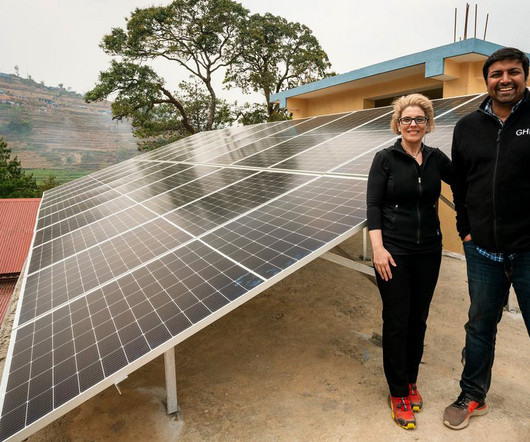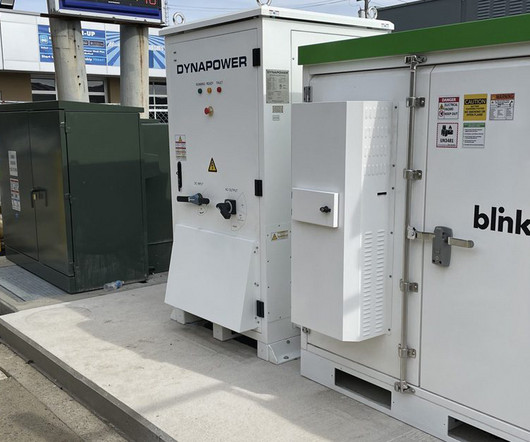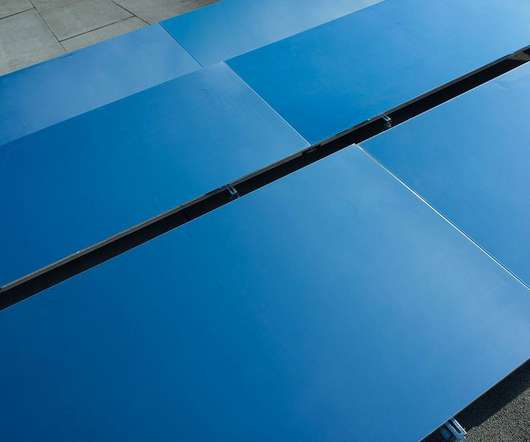New photocatalytic system converts carbon dioxide to valuable fuel more efficiently than natural photosynthesis
Green Car Congress
AUGUST 13, 2023
The new system mimics a natural chloroplast to convert carbon dioxide in water into methane, very efficiently using light. However, it is difficult to convert carbon dioxide in water because many photosensitizers or catalysts degrade in water. A paper on this team’s latest work was published in Nature Catalysis. over 24 hours.








































Let's personalize your content